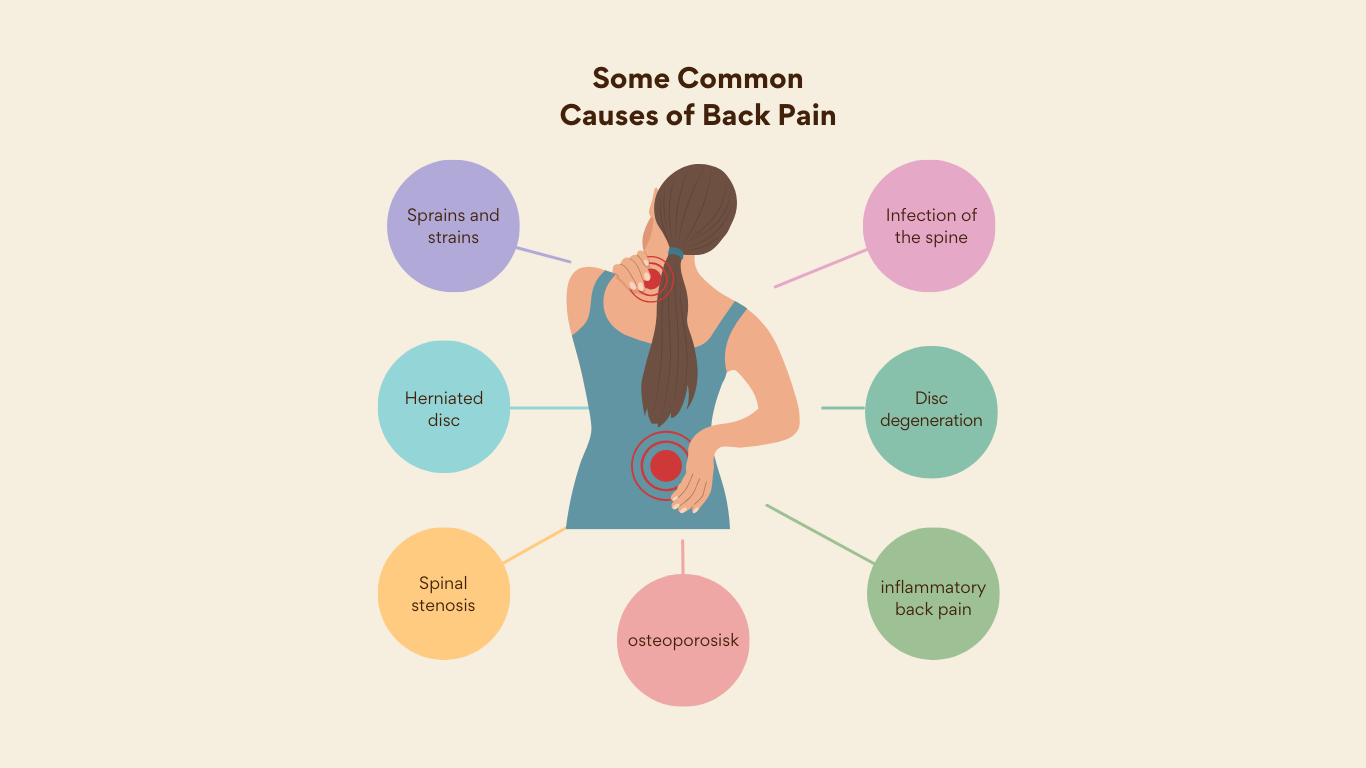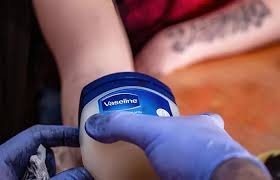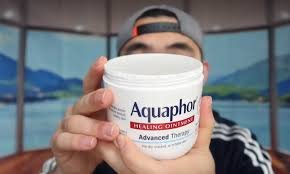Getting a fine line tattoo is an intimate, personal experience—a masterpiece etched into your skin with precise, delicate strokes. Unlike bold traditional tattoos, these minimalist designs rely on subtle, single-needle work, where every inch of ink carries detailed artistry. But here’s the truth: the process doesn’t end when you rise from the chair. In many ways, that’s when the real journey begins.
At Best Wishes Tattoo in Eagle Rock, Los Angeles, we specialize in these highly specialized designs and know firsthand how crucial proper aftercare is. Healing isn’t just about avoiding infection—it’s about preserving the brilliance of your art, ensuring those soft, skinny lines stay sharp and fresh for years. Think of your skin as a canvas; without the right care, even the most expertly created tattoo can lose its beauty.
The natural healing process evolves in stages, and each phase demands attention. Whether it’s a tiny, itty-bitty micro design or a meaningful, black-ink portrait, the same rules apply: avoid irritants, trust the experts, and ensure your aftercare routine is as meticulous as the artist’s hand. Because when done right, a fine line tattoo doesn’t just heal—it thrives, becoming a testament to both the artist’s passion and your commitment to preservation.
The Fine Line Tattoo Healing Process
While fine line tattoos cause fewer punctures and less trauma than traditional ones, their delicate lines make them surprisingly vulnerable. The healing process might seem easier at first glance, but that’s exactly when most mistakes happen. I’ve seen too many beautiful tattoos suffer fading or blurring simply because owners didn’t realize how different this healing journey really is.
Your skin’s reaction depends on so many factors – your body chemistry, the placement, even your lifestyle. That’s why following detailed aftercare instructions is non-negotiable. From my experience at the studio, properly cared for tattoos go through several stages over weeks before fully healing. Remember, each person’s retention varies – what takes one client 3 weeks might take another 6. The key is patience and understanding your skin type matters just as much as the artist’s skill.
Initial Stage (Days 1-4)
Right after your appointment, your fine line tattoo will look its most vibrant, but don’t be fooled – this is when it’s most vulnerable. During these first 72 hours, expect some redness, swelling, and tender sensations as your body begins responding to those tiny punctures. It’s completely normal to notice some oozing of blood, plasma, or ink – this is just your skin starting its healing process.
Here’s what I’ve learned from years of working with these delicate pieces of art: cleaning with gentle, antimicrobial soap is crucial, but how you dry matters just as much. While rubbing might feel intuitive, always pat dry instead – your precision artwork deserves this gentler approach. Remember, these first few days are when your immune system is working hardest to repair and close the area, so proper care now means better long-term results for your unique tattoo.
Stage 2 (Days 4-10): Peeling and Itching
Around Day 4, you’ll see your tattoo start to peel – it looks similar to how your skin sheds after a sunburn, but lighter than with traditional tattoos. This is your body’s clever way of removing dead skin so the rejuvenated layer underneath can emerge. The science behind this healing process is fascinating, but what matters most is resisting the urge to pick at those flaking bits. I’ve seen too many clients risk patchiness and lost detail by giving in to this tempting but dangerous habit.
This stage is crucial because those fine lines are still settling beneath your skin. Itching is completely normal – it’s a sign your skin is regenerating – but scratching or picking can cause real damage, leading to distortion or even ink loss. From my experience, the best approach is to let your skin do its work naturally. When you see those scabs form, leave them intact – they’re protecting the top layer as it heals. Trust me, your future self will thank you for this self-control.
Rejuvenating Stage (Days 10-15)
As the days pass, your tattoo will look clearer and it’s easy to think your fine line work is fully healed – but here’s the hard truth: while the surface appearances might seem complete, beneath the obvious, your skin is still busy mending itself, absorbing ink, and ensuring everything settles well. This stage is deceptively crucial – your role in continuing the aftercare regimen is like watering a plant consistently; the more you tend to it, the more your tattoo flourishes into its final beautiful form.
Stage 3 (Days 11-30): Tattoo Settling
To the naked eye, your tattoo might look fully healed after a month, but dive deeper and you’ll realize the layers of skin beneath are still on their healing journey. This is when your tattoo builds its foundation – like a building needing a robust structure to stand tall, your ink needs time to settle properly. By the third week, most peeling stops, but don’t be alarmed if your design looks dull or cloudy; this is just the final layer regenerating.
The longevity of your special fine lines banks on two things: moisturizing and UV protection. Regularly moisturize to keep your skin supple, ensuring your tattoo stays fresh, and always guard against direct rays that can fade ink or distort those delicate details. I’ve seen too many beautiful tattoos lose their sharpness because clients underestimated this important stage.
While visible signs may be resolved around 3 weeks post-appointment, your tattoo may remain slightly dull in appearance for 1.5 months as it continues healing internally. Complete healing can take anywhere from 8 weeks to six months – that’s why continuing care and protecting from potential damage like sun exposure is crucial. The next weeks will reveal sharper lines as your skin regenerates, but patience is key.
Fine Line Tattoo Aftercare Tips
Proper care following your tattoo procedure is absolutely important and required for optimal healing – I can’t stress this enough from years of seeing how aftercare makes or breaks those delicate designs.
Moisturizing
Moisturizing is the key player in your fine line tattoo healing, but here’s the catch – it’s all about balance. Over-moisturizing can trap bacteria and lead to potential infections, while under-moisturizing might leave your tattoo dry, causing it to fade faster and potentially cracking those delicate lines. After years in the industry, I’ve seen both extremes sabotage beautiful work – there’s definitely a perfect middle ground.
The solution? Tattoo-specific lotions with carefully formulated ingredients. These products ensure your healed tattoo remains vibrant while navigating through the healing stages. Choose the Right Product – opt for fragrance-free lotion or ointment, and Avoid thick, petroleum-based products unless your artist recommended them (they can clog pores). Remember, what works for traditional tattoos might be Too Much for your fine line tattoo.
Apply just a thin layer of moisturizer, allow it to absorb completely before applying more. This keeps your skin hydrated without making it too soft, which can cause blurred lines or scabbing. It’s essential to keep this balance – think of it like walking a tightrope between Too Little and Too Much. Your tattoo’s long-term vibrancy depends on getting this important step right during those healing stages when your skin is most vulnerable to drying out quickly and fading.
Sun Protection
Think of your fine line tattoo as a freshly painted masterpiece—except it’s on your skin, not a canvas. The Sun isn’t just a mighty force; it’s your tattoo’s adversary. UV rays break down ink particles, causing them to fade, lose precision, and diminish clarity over time. To keep your tattoo looking fresh, sun protection isn’t optional—it’s imperative.
Your best defense? Sunscreen, and not just any sunscreen. Armored with a high SPF rating (ideally above 30), it acts as a shield against harsh sunlight. Apply it every time you’re stepping out, even on cloudy days. For the first 72 hours, Absolutely no direct sun exposure—your tattoo is healing, and damaging UV rays can degrade the color at a rapid pace.
Once fully healed, Keep your tattoo covered with clothing when possible, and avoid tanning beds indefinitely. Chemicals in hot tubs, salt water, and chlorinated pools can also interact poorly with your ink, so steer clear. Even direct shower spray with hot water can irritate a healing tattoo—opt for lukewarm instead.
Personal tip: I’ve seen clients rush the healing process, only to regret it later. DO NOT underestimate the Sun—exposure now means significantly duller ink later. Pet grooming, gardening, or dusting might seem harmless, but dust, dirt, and dander can infect a fresh tattoo. Treat it like the Art it is, and it’ll stay sharp for years.
Water and Your New Tattoo
That fresh ink you just got? It’s more vulnerable than you think—especially to water. Most people don’t realize that submerged water is a sneaky enemy during the initial stages of healing. Whether it’s your favorite pool, the beach, or even a long bath, prolonged exposure can soften your skin, cause the ink to start dispersing unevenly, and even lead to ink loss. That’s why the no swimming rule isn’t just a suggestion—it’s critical for safeguarding your fine line tattoo from waterborne bacteria that could wreak havoc.
For the first 7-10 days, Keep it simple: quick showers instead of long baths, and avoid swimming pools, hot tubs, or any submerged water. When you do shower, keep the water lukewarm—exceptionally hot temperatures can cause steam, which isn’t great for healing. And never let the shower spray hit directly on your tattoo. I’ve seen clients ignore this, only to regret it when their intricate details blur.
Cleaning your tattoo is just as important. Use a mild cleanser like Johnson’s Baby Wash or Dial Antibacterial soap—good choices because they’re safe and free of harsh acids (like glycolic, lactic, or AHA) and exfoliating ingredients. Foam it up in your hands, then gently cleanse the procedure area with a light touch. Rinse well, blot dry with a paper towel, and wait 5-10 minutes to ensure all moisture has evaporated before applying healing ointment. Never put ointment on a damp or wet tattoo—it traps bacteria.
A little pro tip: Save your tattoo cleansing routine for last in the shower. This minimizes exposure and keeps steam effect from softening the skin too much. And keep doorways open—it helps reduce humidity. I’ve had clients who skipped this step and ended up with unblemished tattoos taking longer to heal.
Finally, DO NOT use Anti-aging or acne products near your tattoo—they often contain harsh ingredients that disrupt healing. Stick to the basics, and your fine line tattoo will stay sharp.
Wardrobe Choices
What you wear during your tattoo’s healing journey makes a world of difference. Friction is the arch-enemy of any freshly done tattoo—that tight pair of jeans or snug top might rub against your ink, leading to irritation or, worse, ink disruption. For the initial stages, always opt for loose clothing that lets your skin breathe while keeping the tattooed area free from unnecessary pressure. Trust me, I’ve seen how this simple wardrobe switch helps tattoos thrive in the best environment they deserve.
Your tattoo needs space to heal properly, and the right clothing can ensure it remains protected. Avoid anything that creates friction against your fresh ink—this isn’t just about comfort, but about preserving those intricate details. A little thought in your wardrobe choices now means your tattoo will look better for years to come.
Cleaning the Tattoo
Proper cleaning is the foundation of a good aftercare routine – it’s important to gently cleanse your fine line tattoo 2-3 times a day to remove bacteria and keep the area free from infection. Always use a Mild, fragrance-free antibacterial soap (never regular body wash) and lukewarm water to wash, letting the foam sit for 10 seconds before rinsing with your fingers – I’ve seen clients damage tattoos by using rough towels or scrubbing.
Avoid products that contain alcohol, harsh chemicals, or exfoliants as they’ll dry out and irritate your healing skin. Be extra careful after sweating or exposure to dirty elements – these are moments when your tattoo needs special attention. Remember: clean doesn’t mean sterile – over washing can be just as bad as under washing for your healing ink.
FAQS
What are the stages of a fine line tattoo healing?
Your tattoo’s healing process begins the moment you leave the studio, with the initial days 1–4 requiring immediate care—keep it clean and moisturized to prevent infection. Between days 5–14, expect scabbing and peeling (don’t pick at it!), as this is your skin naturally shedding damaged layers. The final stages (days 15–30) focus on long-term healing, where the ink settles and your skin regenerates—this is when your tattoo truly reveals its quality. Remember, caring for your ink properly starts with choosing the right artist, as their skill directly impacts how well your tattoo heals through all three stages.
How long should a fine line tattoo be covered?
Your artist will specify the exact duration to keep your tattoo covered—typically a few hours to overnight—as this helps protect the fresh ink from bacteria and other external factors. Once you remove the bandage, gently clean the tattooed area with lukewarm water and fragrance-free antibacterial soap, using only your hands to wash away any plasma or ink residue. I always remind clients that proper aftercare starts the moment you leave the shop, and skipping this simple step can lead to unnecessary complications.
How long after a fine line tattoo can I bathe?
After getting your tattoo, wait at least 24 to 48 hours before showering—this gives your skin time to start the initial healing process and reduces the risk of infection. When you do shower, always use lukewarm water instead of hot, as hot water can open pores and potentially irritate your fresh ink. Trust me, I’ve seen how skipping this simple step can disrupt the healing—patience makes all the difference for keeping your tattoo looking sharp.



